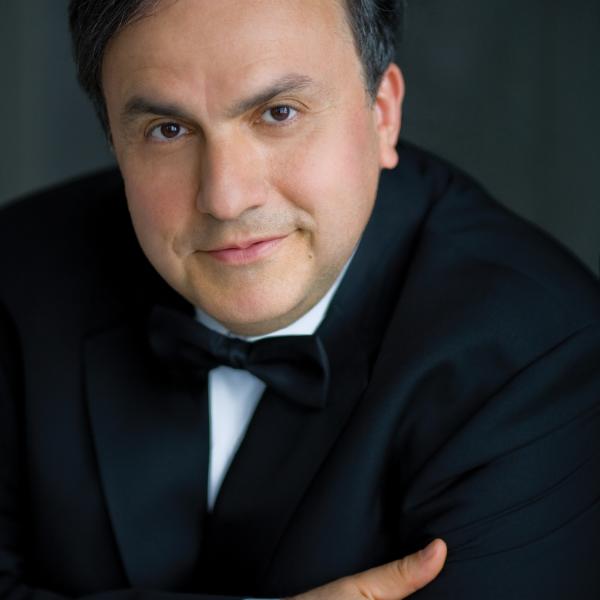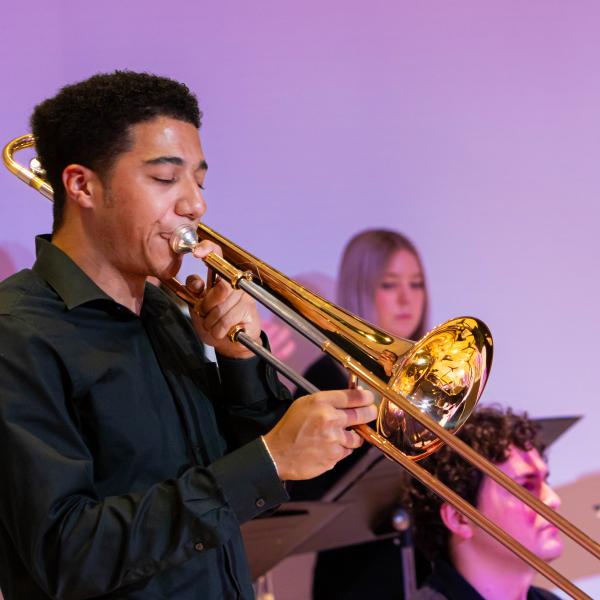For the past two years, Robert Snarrenberg, Associate Professor of Music in Arts & Sciences, has been developing a software program that can parse the structure of species counterpoint. Species counterpoint played a central role in the training of composers such as Mozart, Beethoven, and Brahms. It is also a means for gaining explicit insight into some of the most basic cognitive structures and abilities that constitute competence in classically tonal music. Species counterpoint is in this sense the grammar school of classically tonal music. As Peter Westergaard put it, the goal is to acquire “the ability to understand the complex and varied voice-leading patterns of actual eighteenth- and nineteenth-century music in terms of the simpler patterns available under the artificial constraints of species counterpoint.”
The theoretical component of Prof. Snarrenberg’s project is a software engine called WesterParse, in honor of Westergaard’s seminal contribution to the theory of contrapuntal cognition. Think of some simple tunes, such as “Twinkle, Twinkle, Little Star” or “Hot Cross Buns.” As listeners, we have a sense of what makes such utterances complete. And we have a sense of how the notes function in the melodies: some notes are stable points, others are transitional, leading from here to there; some seem to have a sense of finality, and others do not. These are functions that we attribute to the notes as we hear the tunes. The goal of WesterParse is to represent how a competent listener attributes syntactic structure to such simple tonal lines. WesterParse is written in Python and uses the music21 toolkit.
Over the course of the past year, Prof. Snarrenberg worked with Stephen Pentecost, Senior Digital Humanities Specialist in the Humanities Digital Workshop at Washington University, to develop a pedagogical application of WesterParse. This component of the WesterParse project is a web-based application in which students can compose species counterpoint and test whether their compositions conform to Westergaard’s rules for linear structure and contrapuntal combination.
Prof. Snarrenberg is delighted to report that the undergraduate students in his music theory class are now using the WesterParse website to learn species counterpoint.
You can read more about the WesterParse project on the HDW website: https://hdw.wustl.edu/news/westergaardian-species-counterpoint-online.
A guide to the software is also available: https://westerparse.readthedocs.io/.



